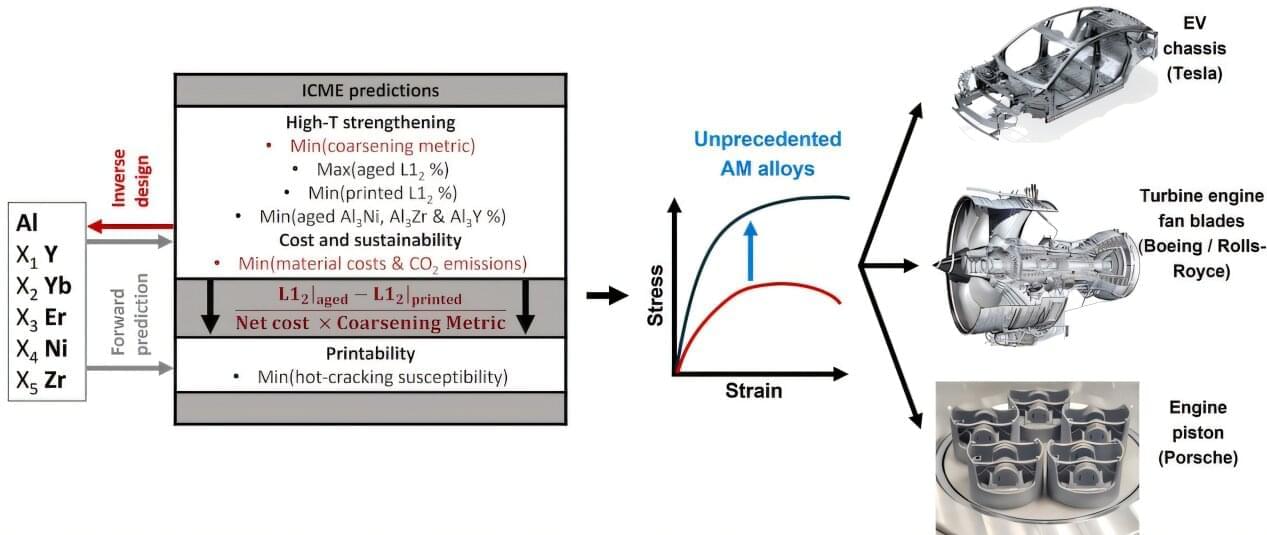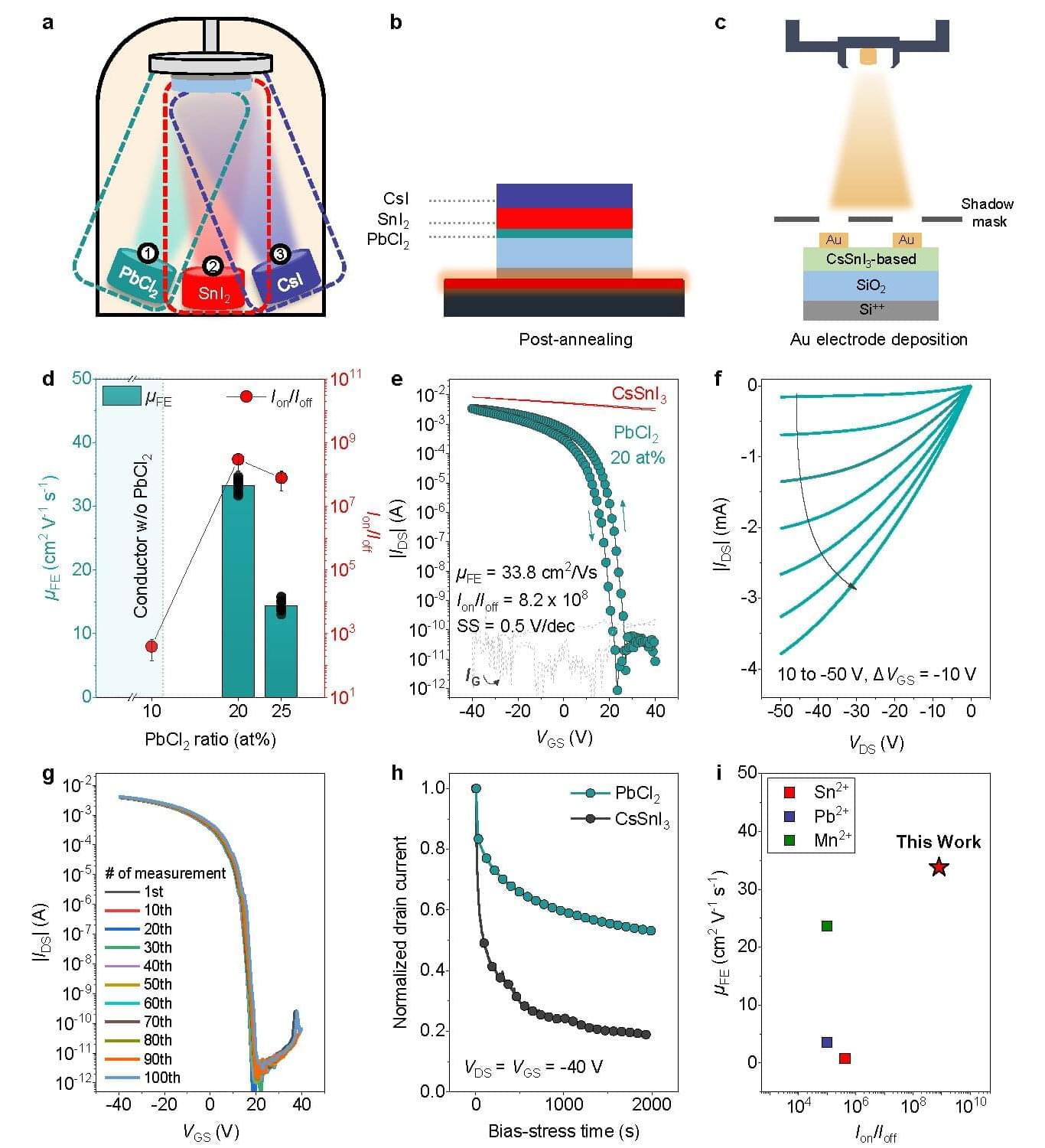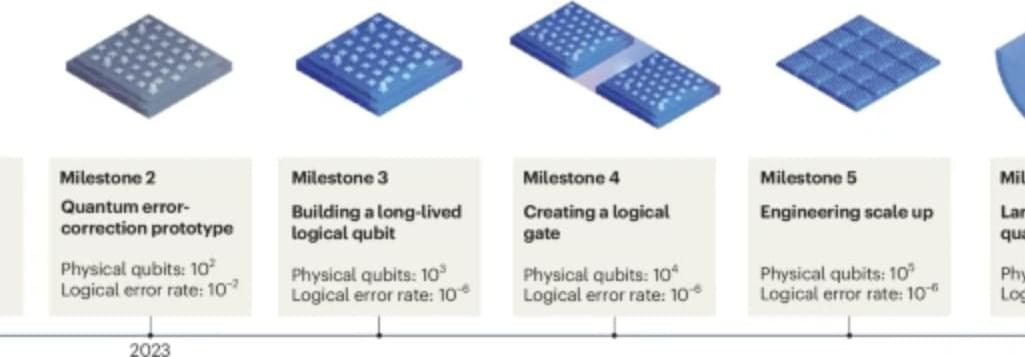Aluminum alloys are widely used in transportation applications because of their high strength-to-weight ratio, as well as their affordability. However, challenges arise when using them in extremely high-strength and high-temperature applications, particularly in components such as pistons of combustion engines, fan blades of jet engines, and vacuum pumps.
At elevated temperatures, few aluminum alloys can block dislocation movements effectively, which controls the strength. Moreover, few of the designs have considered costs and sustainability metrics in the design, which are essential for high-demand industries. Titanium alloys, such as Ti-64, that are often used in fan blades, are not only heavier and not machinable, but also nearly twice as expensive.
Additive manufacturing (AM) is rapidly evolving and providing new pathways for designing innovative alloys. A recent study by Carnegie Mellon University and the Massachusetts Institute of Technology (MIT) researchers has utilized computational simulations and optimization techniques to identify a new aluminum alloy system that balances strength and cost.







